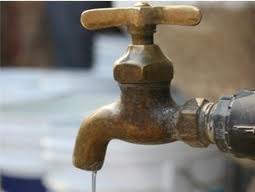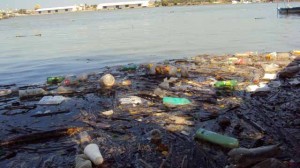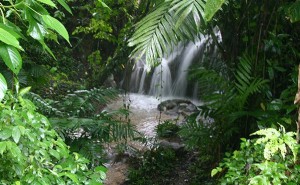The Mexican environment is a gift from the Mother Nature. The view that the environment provide is infinite, from the snow-capped volcanoes in the southern Valley of Mexico, to the full of cactus deserts commonly seen on Mexican movies, the wild jungles and the heavenly coast areas.
Respecting environmental issues, although Mexico is an oil producer and a developing country, it might be surprising that Local Government has manifest its aim to reduce the greenhouse gas emissions and had the objective to reduce them to half by 2050. Will they achieve that objective? These days the Energetic Reform is being discussed in a Commission at the Mexican Senate.
The geographical location of the country makes Mexico vulnerable to global warming and these last years, events such as hurricanes, droughts and floods may be attributed to the increase of the sea temperatures.
In addition, while its oil production decreases, Mexico discovers its potential for renewable energy. One-sixth part of its electricity comes from hydroelectric dams and also seeks foreign investment to develop solar energy.
Regarding water conflicts, the South territories of Mexico hold the 70% of the water, however, the North and the Central territories hold the 75% of the population. In total, about 11 million Mexicans (the 10% of the population) have no running water at home, and 15 million are living without sewage systems.
The aquifers in the North and Center are under increasing pressure from the cities, industry and agriculture. The North has suffered several droughts in the last two decades, which had affected agricultural production. And Mexico City turned to water shortages in 2009 due to a shortage record.
A lot of water is wasted. Because of leaks, about the half of the water supplies of the cities is lost. And about the half of the 75% of the country’s supply for agriculture is not used productively.
About the 80% of sewage water is not treated, which together with the waters of agrochemical runoff and large amounts of waste discharged into rivers and lakes, causes the contamination of the three quarters of the surface waters of Mexico (more or less).
Much of the sewage water from Mexico City is poured into the Panuco River, which empties into the Gulf of Mexico in Tampico. The Lerma River, which also caters to the capital, receives sewage water and industrial fluids in many other cities on their way to Lake Chapala, the largest natural lake in the country.
Jungles are also important as their conservation is key not only to fight against global warming, but also because they often are the source of water supplies.
The problems of the Federal District in terms of water supply, wastewater treatment, overcrowding and traffic pollution are reflected on a smaller scale in all rapidly growing cities.
Tourism development involves large-scale problems and threatens fragile ecosystems, especially in Baja California and the Caribbean coast. Due to uncontrolled urban development, new buildings threaten to deplete water resources, increase pollution and destroy wetlands.
Nevertheless, environmental awareness is growing stronger, but still there is no movement on a large scale, but you can find local organizations such as Pronatura, which allocates 100 million MXN to projects regarding climate change, priority species and land conservation.






